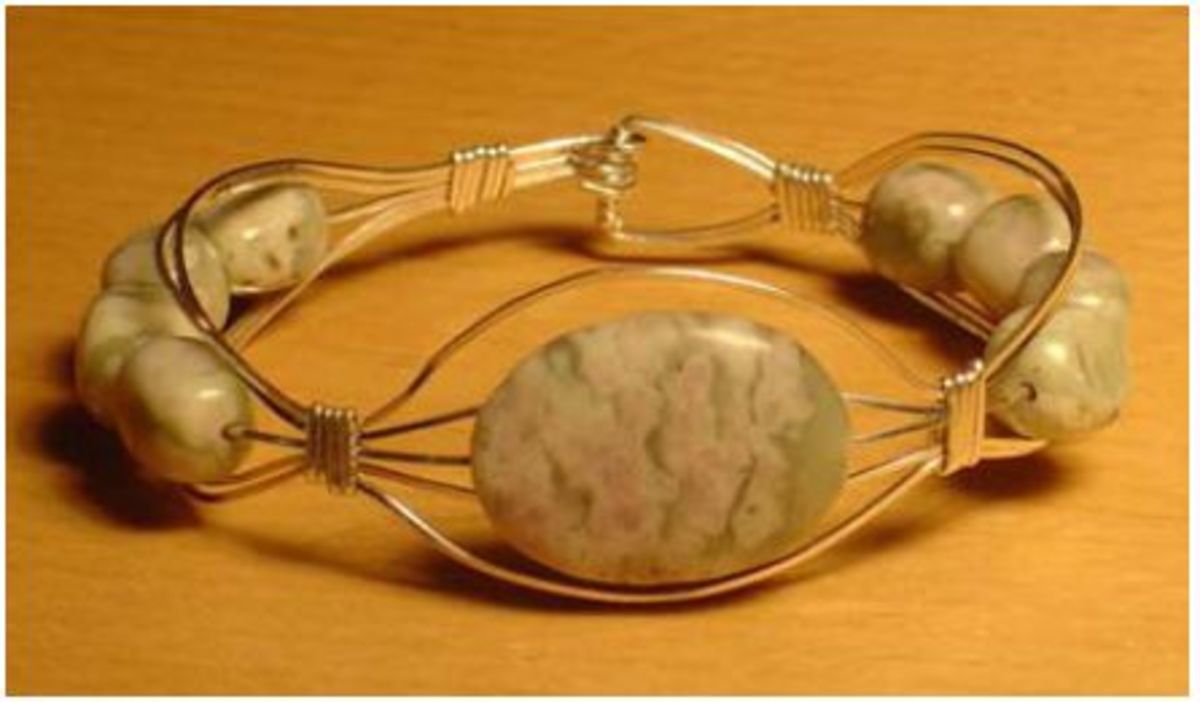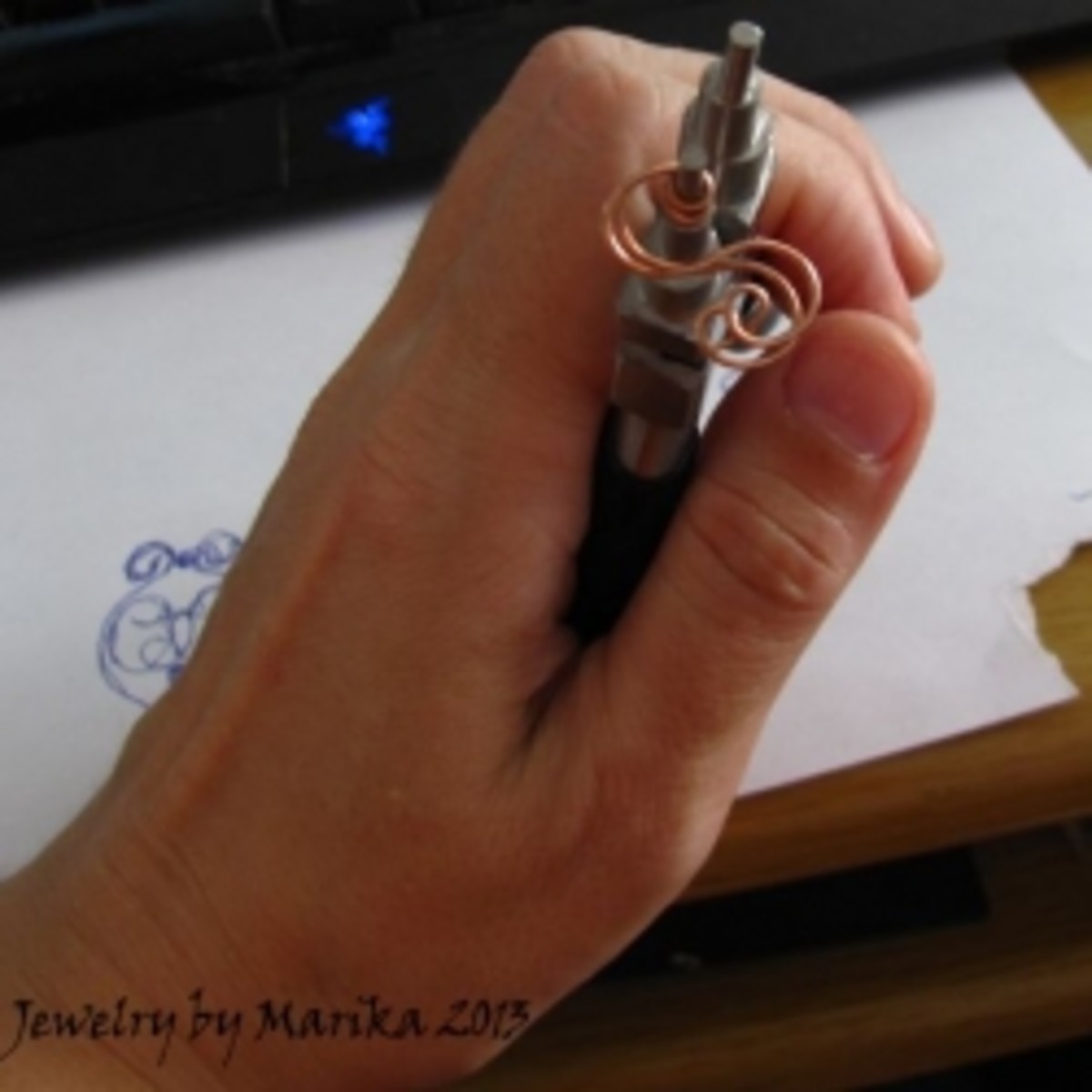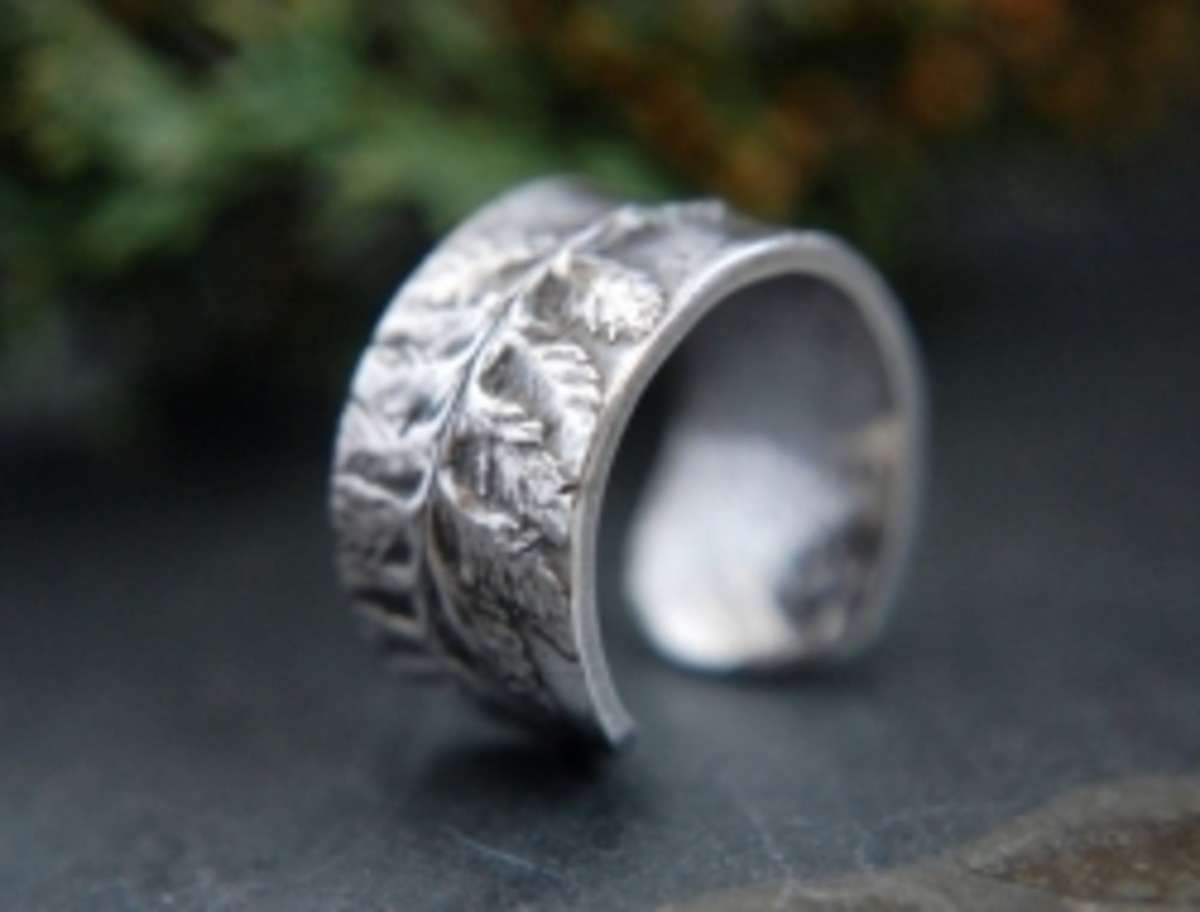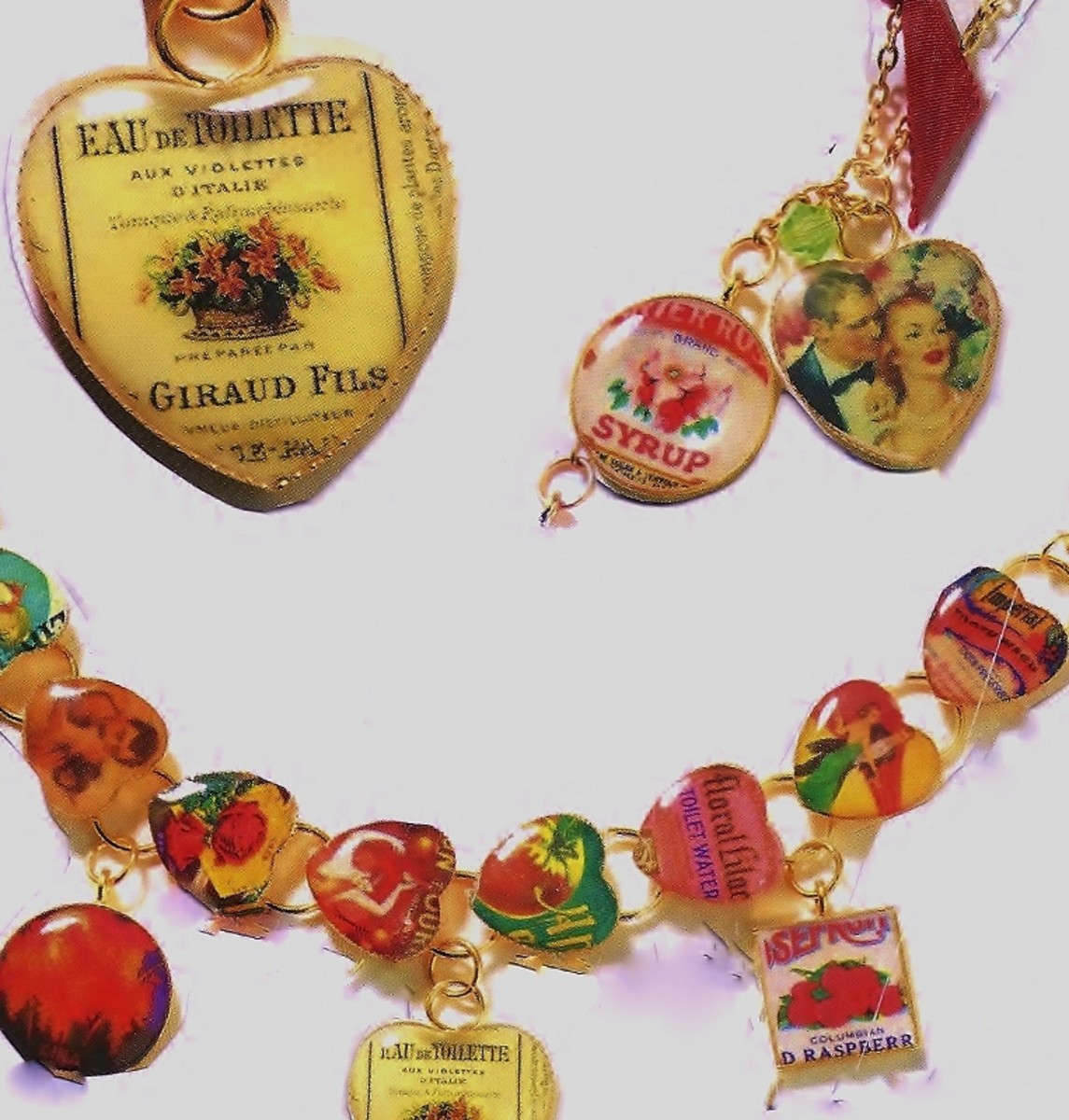- HubPages»
- Arts and Design»
- Crafts & Handiwork»
- Jewelry Making
Wire Jewelry-Making: Supplies and Equipment
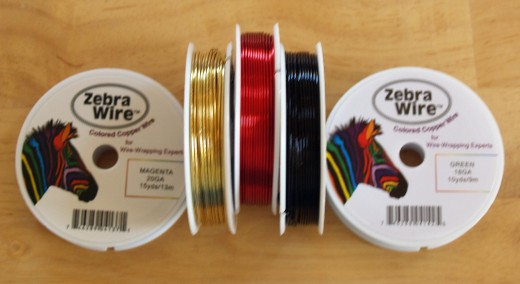
Versatility of Wire as a Craft Medium
Wire is a versatile craft medium. Using wire, you can create entire pieces of jewelry, or beads, clasps, ear wires, jump rings, head pins, eye pins, and other jewelry components. You can create embellishments for scrapbook pages and greeting cards. You can also make many home décor items, among them tie backs for drapes and curtains
In this article, you’ll learn about the types of wire best suited for jewelry-making. You’ll also learn about the tools and equipment needed for most projects. Some of the tools are generic ones that might already be in your jewelry-making toolbox. Others are ones that are specific to wire wrapping.
Step-by-step instructions for wire jewelry-making projects, especially ones involving wire wrapping, will be included in future articles
Types of Jewelry Wire
Wire jewelry can be made with almost any type of wire that is soft and easy to bend. You can find the wire at arts and crafts supply stores, or you can purchase it online from companies selling beading and jewelry-making supplies. Look for wire designated as being for wire work or wire wrapping.
You might already have beading wire in your jewelry-making supply box. This wire is not what you want for wire jewelry-making. Beading wire isn’t pure wire. It’s a flexible wire cable coated with nylon which is used for stringing beads. It cannot be bent into shapes on a wire jig or wrapped around beads.
Jewelry Wire Metals
Both base metal wires and precious metal wires are used in jewelry-making. Among the base metals that can be used are copper, plated copper, aluminum, nickel, and brass. The most popular precious metals are sterling silver, fine silver, and gold-filled.
I prefer working with copper wire because it is easy to bend into rounded curves. The copper wire I use has a protective coating on it to keep it from tarnishing.
Colored enamel is applied to the wire, and the wire is then baked. The brand of copper wire I prefer, Zebra Wire™, has seven layers of colored enamel on it. Zebra Wire™ is sold in red, magenta, green, sapphire blue, natural, brown, gold, silver, and black.
Wire Gauges
Wire sizes are designated by a number called a gauge. The designations seem backwards to me. Rather than having smaller gauge numbers for thinner wires, it’s the other way around—the larger the gauge number, the thinner the wire. The most common wire gauges used in jewelry-making range from 26-gauge to 16-gauge. When using a wire jig to wrap wire, 20- and 18-gauge wire must be used.
Tools Needed for Working with Wire
As with the wire, the tools needed for wire working and wire wrapping can be found at arts and crafts supply stores, or purchased online from companies selling beading and jewelry-making supplies.
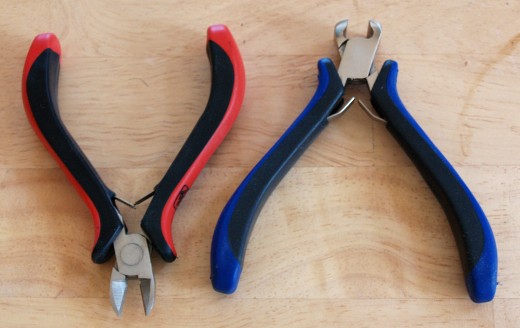
Wire Cutters
Wire cutters look like pliers with jaws that have sharp blades.
End cutters, also known as flush end cutters, are designed to make flush cuts on wire—cuts that are straight and flat. Wire ends don’t look beveled when you use a flush end cutter to cut wire. This is my preferred cutter for my wire jewelry-making projects. If you have a tiny piece of wire sticking out that must be removed, the flush end cutter is the best wire cutter for the job.
Side cutters, also known as side flush cutters, are also designed to make flush cuts on wire.
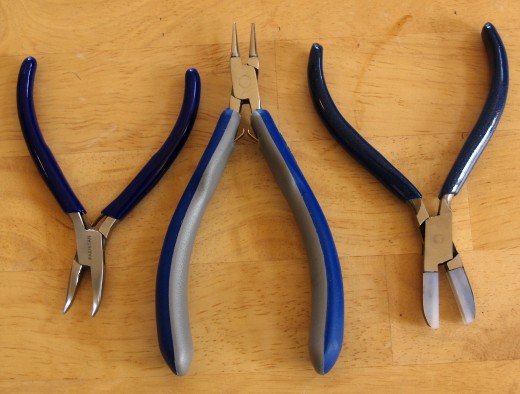
Pliers
Chain nose pliers have flat jaws that are wider at the base and thinner at the tips. They’re used to make precise bends in wire, hold while components while you work, and press down wire coils. Chain nose pliers have either serrated jaws or smooth jaws. The pliers with serrated jaws will leave marks on your wire. Be sure you purchase pliers that have smooth jaws. With chain nose pliers you also have a choice between pliers with straight jaws and one with curved jaws. I prefer using chain nose pliers with bent jaws—also called bent nose pliers. It’s very easy to get inside a complex wire design with them.
Round nose pliers should be an item in every jewelry-maker’s toolbox. The pliers, which have jaws that are rounded into solid, graduated cylinders, are used to make loops in wire.
Nylon jaw pliers are special pliers with plastic jaws. The pliers are used to hold wire without scratching or marking it in any way. They’re also used to straighten bent wire. Before discovering nylon jaw pliers, I spent a number of hours unsuccessfully attempting to straighten bent wire. Nylon jaw pliers are the only tool I’ve found that works for this purpose.
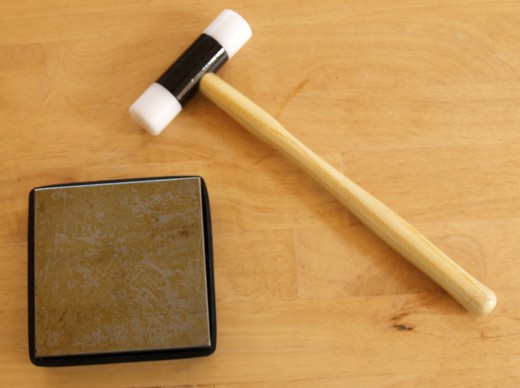
Hammers
Specialized hammers are used for flattening and hardening wire and for flattening parts of some jewelry components, such as head pins and clasps.
I prefer using a nylon head hammer when working with wire. The heads of such a hammer are made of plastic. Since plastic is softer than metal, the plastic won’t scratch or mar the wire. Nylon head hammers are used for tempering wire—stiffening it—and for straightening a wire component that has been bent.
Bench Blocks
A bench block is a piece of hardened steel used as a surface for hammering wire. Wire is placed on the block and held in place while it is hammered. Wire is hammered to lock it into shape.The reasons for doing this will be explained in more detail in my wire jewelry-making projects articles.
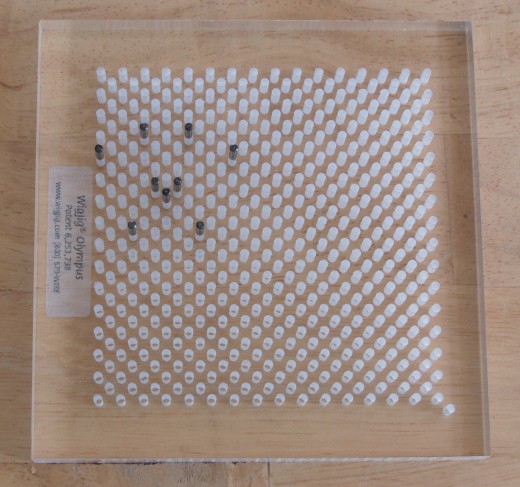
Wire Jigs
Wire jigs, which resemble peg boards, are devices used for guiding wires into specific shapes. Wire jigs have flat surface drilled with holes. Pegs are placed in the holes in design configurations, and wire is wrapped around the pegs.
Wire jigs are made of plastic, metal, or acrylic. The wire jig I use is a 5” square of translucent acrylic with 482 holes in it.
I prefer using a translucent square of acrylic because I can put a paper template indicating the placement of the metal pegs beneath the jig and have the pattern show through. This makes placement of the metal pegs so much easier to accomplish. The types of pegs used in conjunction with wire jigs will be explained in detail in one of my wire wrapping articles.





